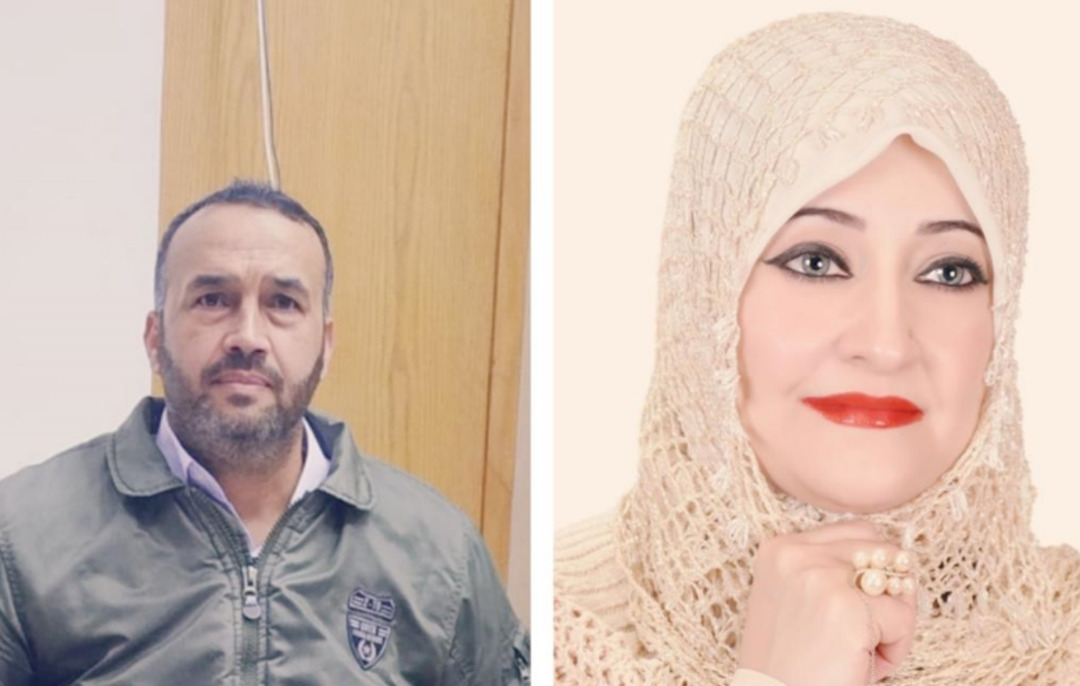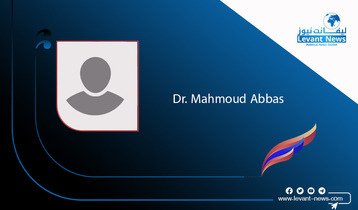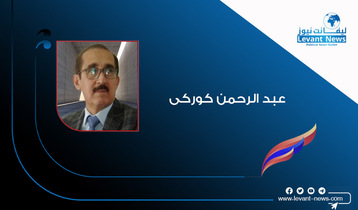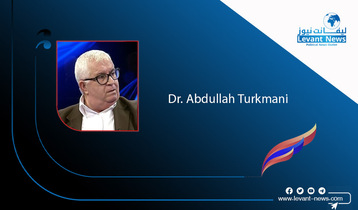-
Dr. Sana'a Al-Shalan's Stories in Abdul Hamid Al-Hussein’s Thesis on the Palestinian Child

Damascus, Syria: The Syrian researcher (Abdul Hamid Muhammad Al-Hussein) discussed his thesis in the Arabic Language and Literature Department at the Faculty of Arts, University of Damascus, as part of the requirements for obtaining a Ph.D. in Modern Literature. The thesis is titled "A Study in Story Criticism: The Character of the Child in Palestinian Short Stories, Samples from (1970-2022)." It addressed a significant number of stories by the Jordanian writer of Palestinian origin, Professor Dr. Sana'a Al-Shalan (Bint Naema), particularly her published story collections: "Palestinian Melodies," "Land of Tales," "Complete Works of Fiction Volumes 1, 2, and 3," "Women’s Lies," and "The Nightmare."
The researcher completed his thesis, which was supervised by Dr. Ghassan Ghanem, with a discussion committee composed of Dr. Riad Al-Awaida, Dr. Rowa'a Al-Faqas, Dr. Burhan Abu Asli, and Dr. Amal Absi.
The thesis utilized an integrated approach in studying its works, employing a descriptive mechanism to delve into the depths of the characters in the stories and analyze them. The thesis consists of an introduction, a preface, and five chapters, each containing a series of sections, as well as a conclusion, references, sources, and citations. The preface discusses the origins of the Palestinian crisis and its repercussions on the Palestinian people, as well as the emergence of the resistant Palestinian literature and its most significant symbols.
The first chapter is titled "The Image of the Palestinian Child in Palestinian Short Stories," beginning with a preface and discussing in the first section the history of children's literature and its most important symbols. The second section addresses symbolism and the child in Palestinian short stories, the third section deals with the alienation of the Palestinian child in Palestinian short stories—psychological alienation, linguistic alienation, and spatial alienation. The fourth section examines the Palestinian child's reaction to their alienation, concluding with a summary of the first chapter.
The second chapter is titled "Purposes of Depicting the Child in Palestinian Short Stories." It begins with a preface and then discusses in the first section the psychological purpose—showing the psychological state of the Palestinian child. The second section addresses the political purpose—instilling the idea of national belonging within the child's mind. The third section covers the educational and cultural purposes; and the fourth section addresses the social purpose, concluding with a summary of the key findings of the chapter.
The third chapter is titled "Models of Childhood in Palestinian Short Stories," starting with a preface. The first section discusses models of good child characters in Palestinian stories, the second section focuses on models of bad child characters, while the third section looks at models of sad child characters. The fourth section explores child characters searching for identity and belonging, and the fifth section addresses the material (living) image of the Palestinian child—childhood, poverty, and child labor. The researcher concludes the chapter with a summary of its findings.
The fourth chapter, titled "The Palestinian Child and the Other," begins with a preface. The first section discusses the concept of the self and the concept of the other. The second section addresses the external (physical) and internal (psychological) traits of the Palestinian child and the "national" other, while the third section looks at the Palestinian child and their relationship with the Arab other. The fourth and final section discusses the Palestinian child and their relationship with the Jewish other and the Zionist enemy, concluding with a summary of the chapter.
Finally, the fifth chapter is titled "The Artistic Structure of the Palestinian Short Story." It begins with a preface and discusses in the first section the mechanisms of narration and narrative perspective: the narrator, the narrated, and the audience. In the second section, it addresses objective narration and subjective narration, while the third section discusses geographic, semantic, and temporal spaces, as well as the time of narration and the time of the story. The fourth section covers description in storytelling and its types: pure, free description; impure "restricted" description; and the functions of description, including aesthetic (ornamental) function, suggestive function, and explanatory or interpretative function. In the fifth section, the thesis tackles symbolism (conventional and creative) in Palestinian stories. The sixth section addresses the dramatic structure, circular structure, sectional structure, and spiral structure, and the seventh section discusses the use of formal Arabic versus colloquial language, binary oppositions, high artistic language, trivial or cheap literary language, exposed and vulgar language, intertextuality, concluding the chapter with a summary.
You May Also Like
Popular Posts
Caricature
BENEFIT Sponsors BuildHer...
- April 23, 2025
BENEFIT, the Kingdom’s innovator and leading company in Fintech and electronic financial transactions service, has sponsored the BuildHer CityHack 2025 Hackathon, a two-day event spearheaded by the College of Engineering and Technology at the Royal University for Women (RUW).
Aimed at secondary school students, the event brought together a distinguished group of academic professionals and technology experts to mentor and inspire young participants.
More than 100 high school students from across the Kingdom of Bahrain took part in the hackathon, which featured an intensive programme of training workshops and hands-on sessions. These activities were tailored to enhance participants’ critical thinking, collaborative problem-solving, and team-building capabilities, while also encouraging the development of practical and sustainable solutions to contemporary challenges using modern technological tools.
BENEFIT’s Chief Executive Mr. Abdulwahed AlJanahi, commented: “Our support for this educational hackathon reflects our long-term strategic vision to nurture the talents of emerging national youth and empower the next generation of accomplished female leaders in technology. By fostering creativity and innovation, we aim to contribute meaningfully to Bahrain’s comprehensive development goals and align with the aspirations outlined in the Kingdom’s Vision 2030—an ambition in which BENEFIT plays a central role.”
Professor Riyadh Yousif Hamzah, President of the Royal University for Women, commented: “This initiative reflects our commitment to advancing women in STEM fields. We're cultivating a generation of creative, solution-driven female leaders who will drive national development. Our partnership with BENEFIT exemplifies the powerful synergy between academia and private sector in supporting educational innovation.”
Hanan Abdulla Hasan, Senior Manager, PR & Communication at BENEFIT, said: “We are honoured to collaborate with RUW in supporting this remarkable technology-focused event. It highlights our commitment to social responsibility, and our ongoing efforts to enhance the digital and innovation capabilities of young Bahraini women and foster their ability to harness technological tools in the service of a smarter, more sustainable future.”
For his part, Dr. Humam ElAgha, Acting Dean of the College of Engineering and Technology at the University, said: “BuildHer CityHack 2025 embodies our hands-on approach to education. By tackling real-world problems through creative thinking and sustainable solutions, we're preparing women to thrive in the knowledge economy – a cornerstone of the University's vision.”
opinion
Report
ads
Newsletter
Subscribe to our mailing list to get the new updates!




















